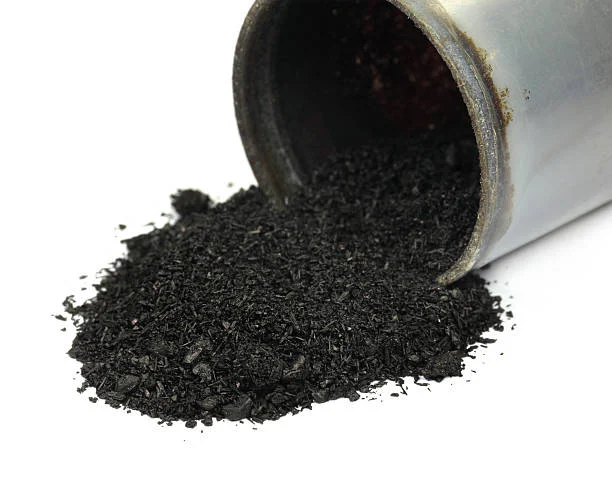
Introduction
Heap leaching is a widely used and cost - effective method for extracting gold from low - grade ores. In this process, a leaching solution is percolated through a heap of crushed ore to dissolve the gold, which is then recovered from the resulting pregnant solution. One of the crucial aspects of heap leaching is the oxidation process, as gold needs to be in an oxidized state to be effectively leached by the cyanide solution. Potassium permanganate (KMnO_4) has emerged as a significant chemical in enhancing the heap leaching process for gold extraction.
Oxidation Mechanism in Cyanide Leaching of Gold
For gold to dissolve in a cyanide solution, oxygen is a necessary reactant. The oxidation process is vital as it transforms metallic gold into a soluble gold - cyanide complex. Without sufficient oxidation, the rate at which gold is leached will be extremely slow.
The Function of Potassium Permanganate in Heap Leaching
As an Oxidant
Potassium permanganate is a potent oxidizing agent. In the heap leaching environment, it supplies additional oxygen for the oxidation of gold. When it comes into contact with cyanide and gold - bearing ores, it engages in redox reactions. It gets reduced while oxidizing substances related to gold, which then react with cyanide ions to form soluble gold - cyanide complexes, thus promoting the leaching of gold.
Improving the Leaching Environment
Enhancing Oxygen Availability: Oxygen distribution within the ore heap during heap leaching is often uneven. Potassium permanganate decomposes gradually in the leaching solution, releasing fresh oxygen. This increases the oxygen content in areas of the ore heap where oxygen penetration is poor, ensuring that the oxidation of gold can proceed smoothly.
Reducing Interference from Impurities: Ores commonly contain various impurities, such as sulfides. These sulfides consume oxygen and cyanide during the leaching process, reducing the efficiency of gold leaching. Potassium permanganate oxidizes these sulfide impurities first, removing or minimizing their interference and creating a more favorable environment for gold leaching.
Advantages of Using Potassium Permanganate in Heap Leaching
High Oxidation Efficiency
Compared to oxidants like air or hydrogen peroxide, potassium permanganate has a higher oxidation potential. This allows it to more effectively oxidize gold and other substances in the ore, resulting in a faster leaching rate. In the case of refractory gold ores, for example, using potassium permanganate can significantly reduce the leaching time compared to traditional methods.
Stability and Ease of Use
Potassium permanganate is relatively stable under normal storage conditions. It dissolves easily in water to prepare the leaching solution, and its addition to the heap leaching system can be precisely controlled, making it a convenient choice for industrial applications.
Cost - effectiveness in Some Cases
While the cost of potassium permanganate needs to be considered, in certain situations, its use can lead to overall cost savings. By improving the leaching rate and reducing the leaching time, it increases the processing capacity of the ore heap and reduces the consumption of other reagents like cyanide, offsetting its cost to some extent.
Case Studies
In a Gold Mine in Australia: The mine processed low - grade gold ore with a complex mineral composition. After adding potassium permanganate to the heap leaching system, the gold leaching rate increased from around 60% to over 80%, and the leaching time was shortened from 45 days to 30 days, significantly boosting production efficiency.
A Small - scale Gold Mining Operation in South America: The operation faced low leaching rates due to a large amount of sulfide impurities in the ore. Using potassium permanganate as an oxidant reduced the interference of sulfide impurities and increased the gold leaching rate by 15 - 20 percentage points, making the small - scale mining operation more economically viable.
Challenges and Considerations
Concentration Control: The amount of potassium permanganate added must be carefully regulated. If the concentration is too high, it may cause over - oxidation, resulting in the formation of insoluble manganese compounds that can coat the surface of ore particles and impede the leaching process. Conversely, if the concentration is too low, its oxidation effect will not be fully realized.
Environmental Impact: Although potassium permanganate improves the leaching process, the manganese ions produced after the reaction require proper treatment. Excessive manganese in the effluent can cause environmental pollution, so appropriate post - treatment measures for the effluent are essential.
Conclusion
Potassium permanganate plays a significant role in the heap leaching process for gold extraction. As a strong oxidizing agent, it improves the oxidation efficiency of gold, creates a better leaching environment, and ultimately increases the leaching rate and shortens the leaching time. Despite challenges in concentration control and environmental impact, with proper operation and management, potassium permanganate can be an effective and valuable additive in gold heap leaching, contributing to more efficient and sustainable gold mining operations.
- Random article
- Popular articles
- Popular comments
- Tin ore flotation+gravity separation+magnetic separation process
- Carbon leaching beneficiation process for gold mines
- Laterite Nickel Ore: Pyrometallurgical Treatment
- Radioactive beneficiation and flotation process for uranium ore
- Chromite Processing: Gravity, Magnetic, and Flotation Separation
- Essential Guide to Tantalum-Niobium Ore Flotation Process
- Understanding the Barite Flotation Process



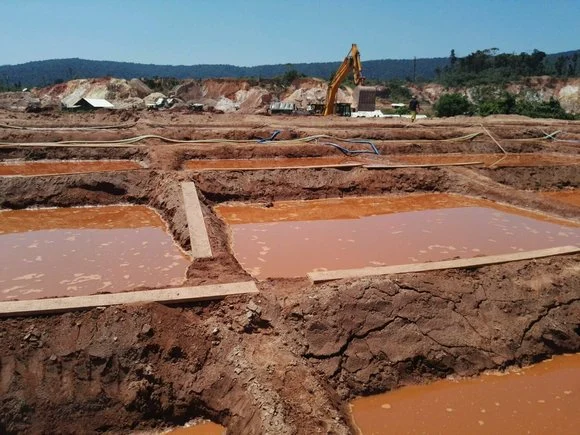
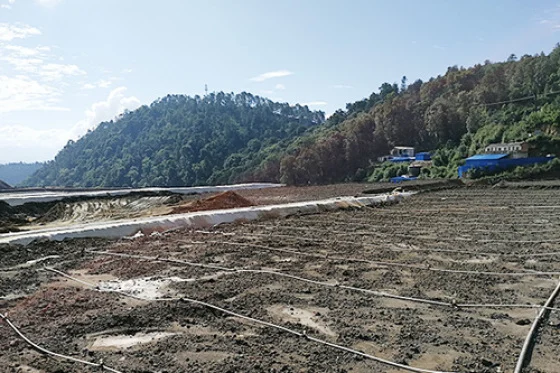
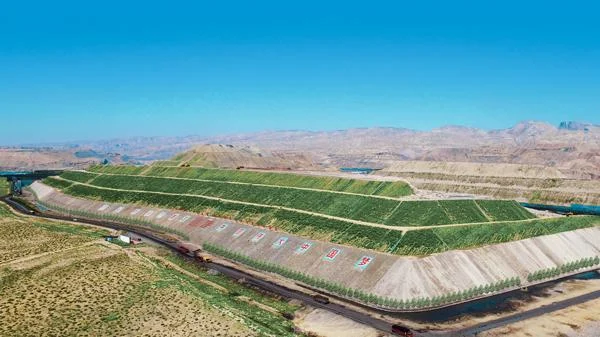
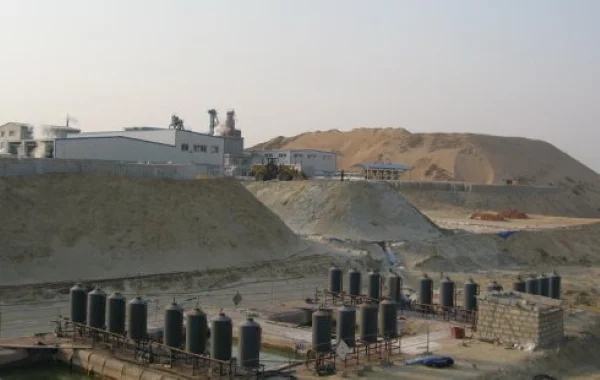
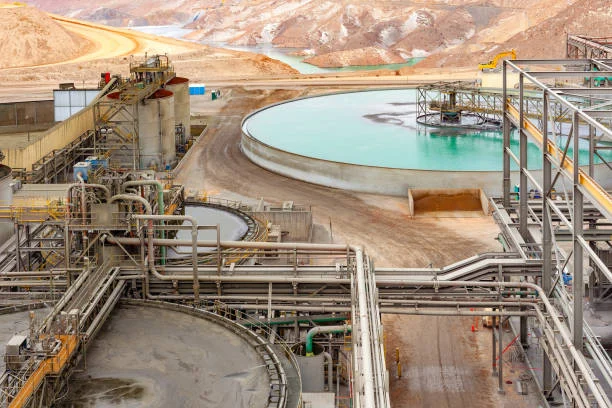
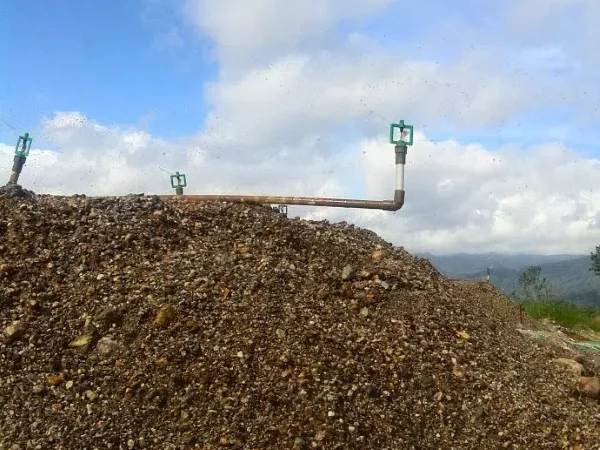
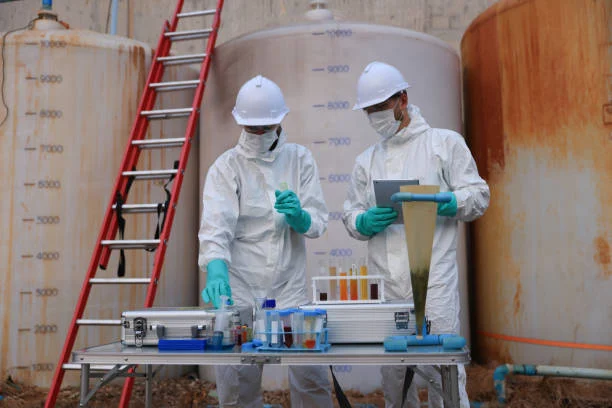
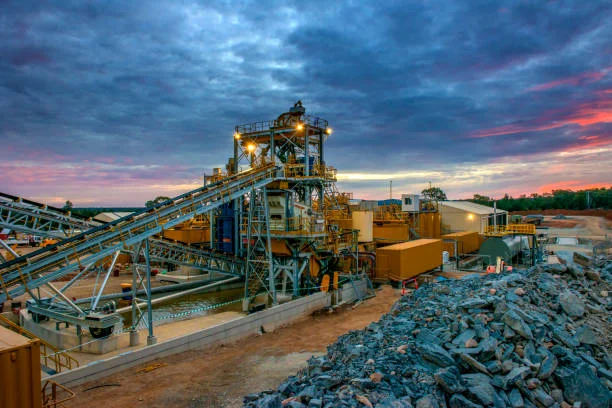
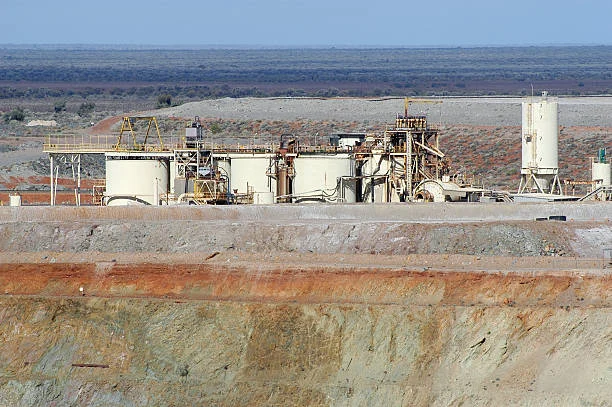
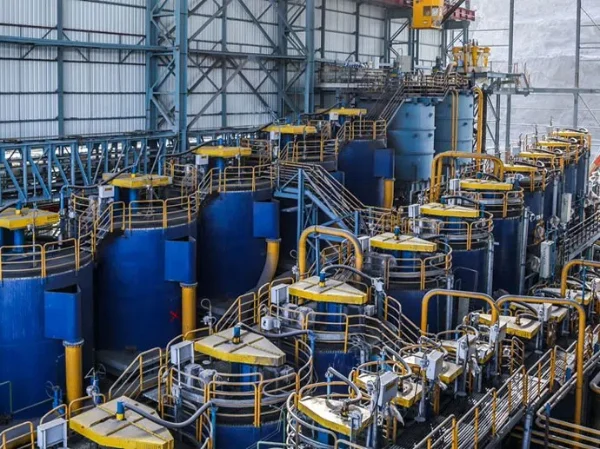

Leave a message with your needs or comments
Add comment: